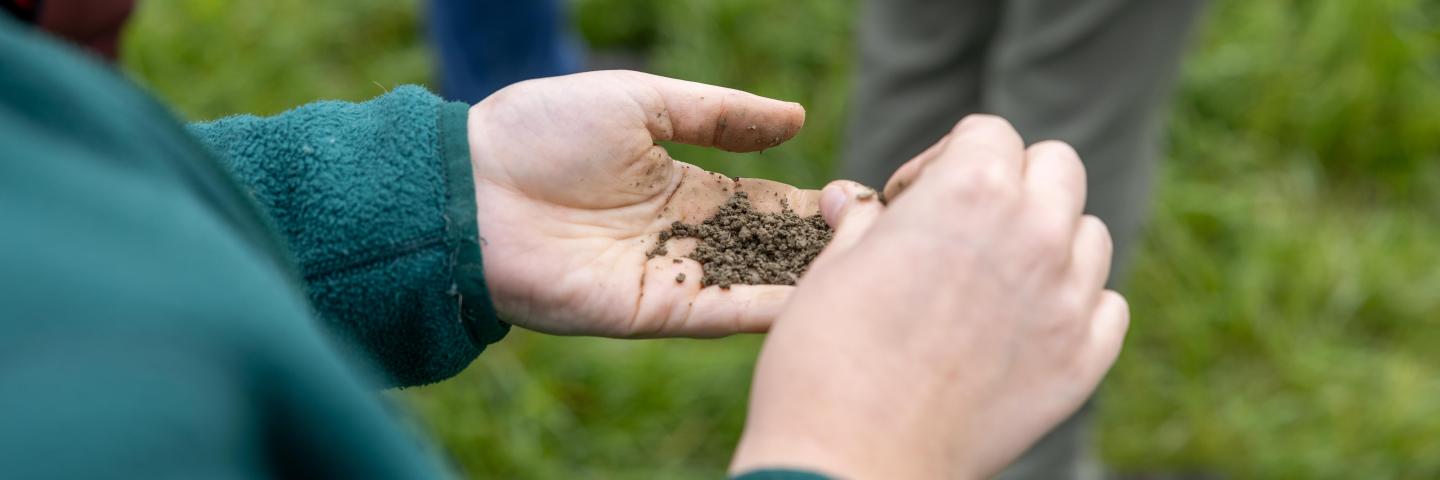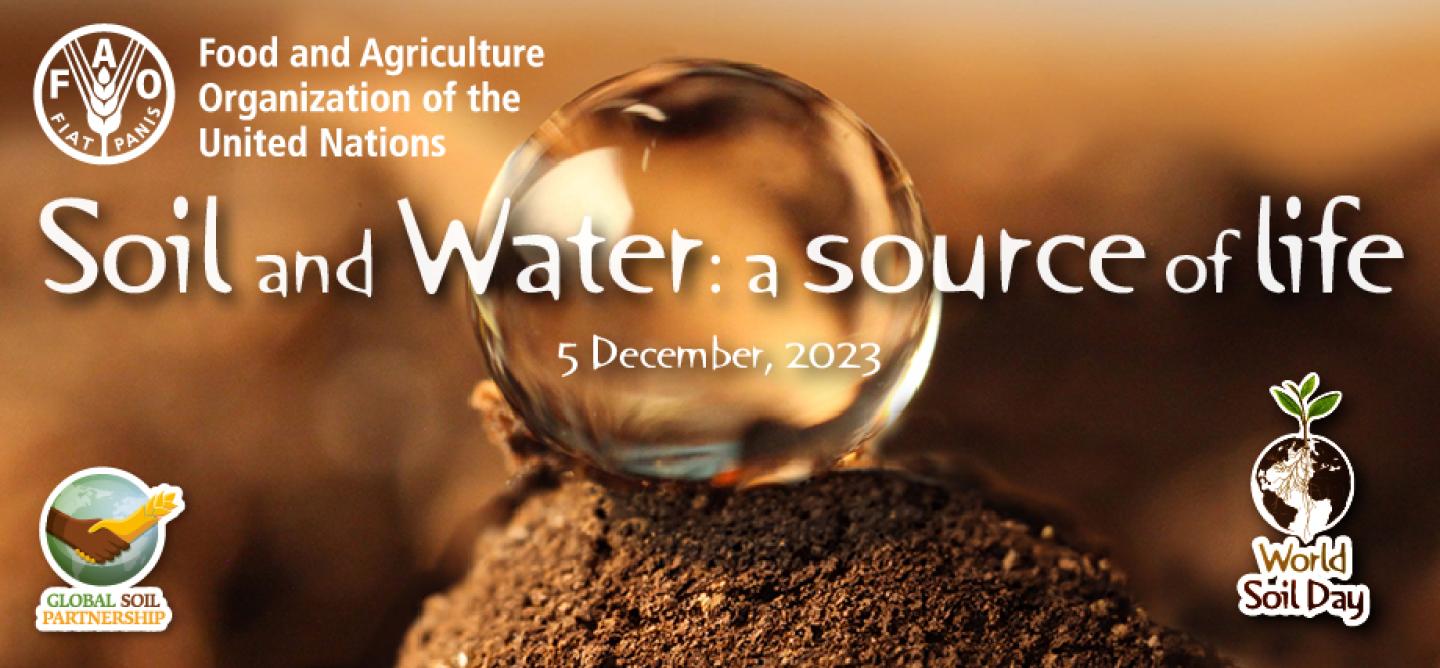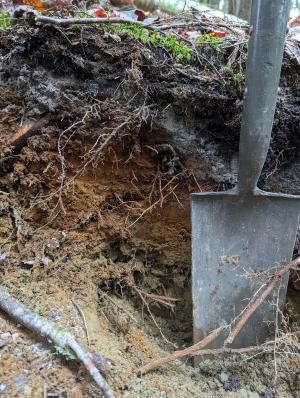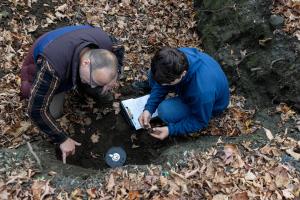World Soils Day 2023

World Soils Day

Every day, the Natural Resources Conservation Service works to protect our soils. Our agency was, after all, founded as the Soil Erosion Service 90 years ago recognizing that the loss of soils was a “menace to the nation’s welfare”. The agency has since evolved to recognize many more natural resources –water, air, plants, animals, and humans - and the change in our name reflects this.
Soil, however, remains the backbone that ties these resources together and creates the fabric within and on which all other resources depend. Without healthy soils coating the geologic framework of our planet, plants suffer, water is not sufficiently filtered and transported, the carbon and soil particles that belong in the soil turn to pollutants in the air, and animals and humans suffer loss of productive land on which to survive. Because of this, it is important to take at least one day out of the year to reflect on and celebrate the importance and wonder of soils. The living matrix beneath our feet is a world of its own and the more we learn about it, the more we recognize its importance.

The basis of a soil is its parent material – the stuff from which the soil was formed. Most all of Vermont’s soils have formed over the last 10,000 years since being scraped and reworked by the Wisconsinan glaciation.
For being such a small state, Vermont has a surprisingly large variety of soil types derived from a diverse array of parent materials including the rocky and dense glacial till uplands, the silty alluvial floodplains, the sandy and gravelly glacial outwash deposits, and the notable silts and clays of the glacial lake beds of the Champlain Valley. The texture and chemistry of the soils is heavily dependent on the parent material from which the soils were formed.
Over the last 10,000 years, however, these soils have evolved pores and structure from the pioneer lichens, fungi, plants, and micro and macro-organisms that came to inhabit the area. Following these early pioneer habitats, forests coated the landscape with roots reaching deep into the earth. The photosynthesis of plants pumped carbon from the atmosphere into the roots and into the soil. Year after year, the soils evolved in association with the organisms on the landscape.
Although those organisms always included humans, the way in which humans interacted with the soil changed over time to include clearing of large portions of forests and altering landscapes for agriculture and development. Compaction from equipment, overuse, or building can quickly destroy the structure and remove any space for water, air, and roots to access the soil. The space and nourishment for the microorganisms that helped to build the soil can be destroyed, and the soils suffer loss of function. During the next rainfall, water and soil will run off into the nearest waterway instead of infiltrating into the soil to nourish the roots and continue the subterranean cycle of life. What was created over thousands of years can quickly be altered or destroyed though lack of care. The loss of soil function can mean a loss for all of our natural resources.

We have come a long way from our founding in recognizing the risks of soil erosion to the nation’s wellbeing to realizing the vast complexity of soil ecosystems and how not only can we do damage to soils, but our actions can also revitalize and restore them. Knowledge of soil inherent characteristics, recognition of their development, and reverence for their complexity can help us in managing and preserving our soils so that they will remain and function to support all the resources on which we rely. We hope that you take the day (and hopefully more) to think and learn more about our soils.
For more information about World Soils Day, see World Soil Day, 5 December | Food and Agriculture Organization of the United Nations (fao.org).


